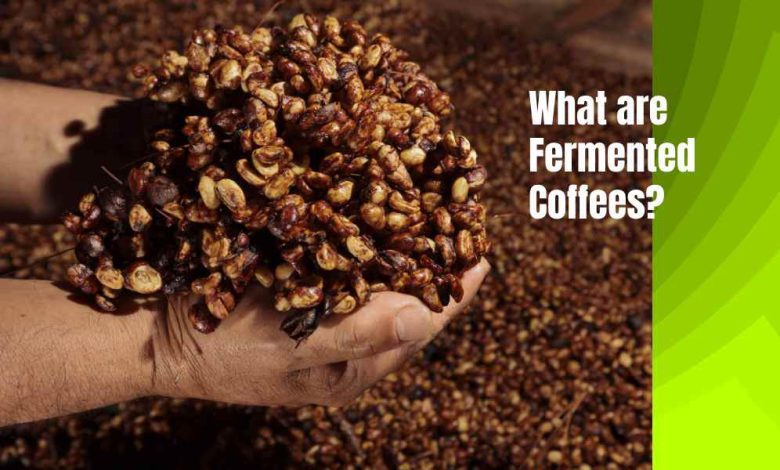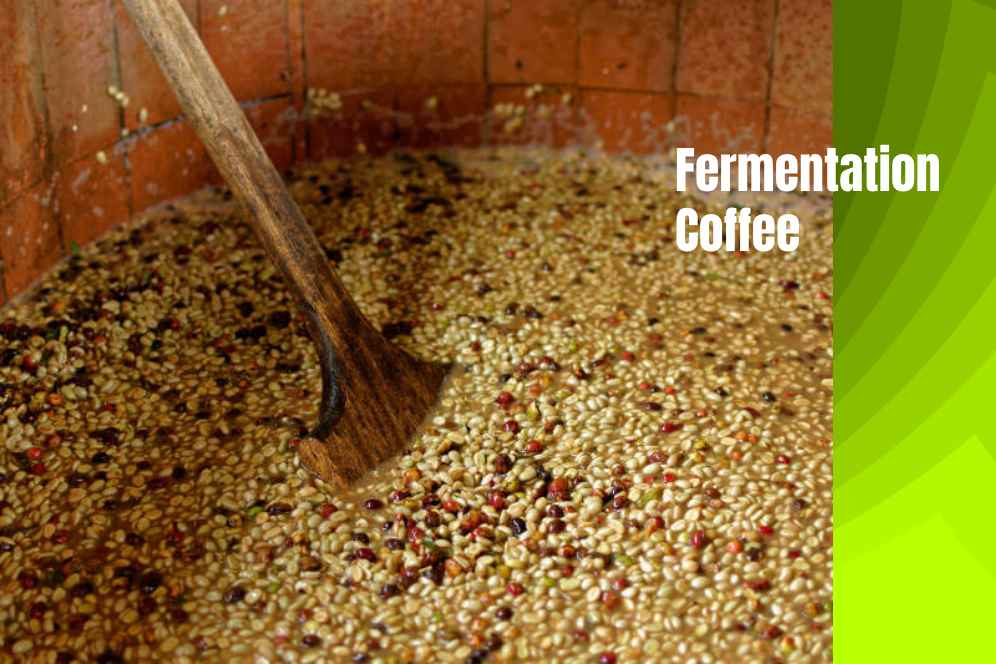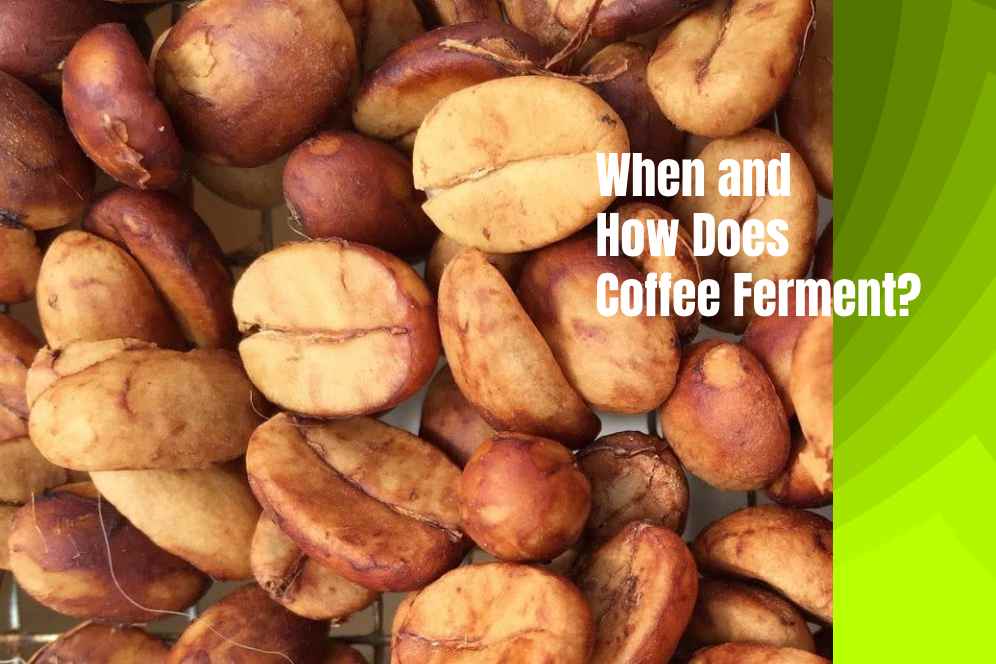Fermented coffee: 3 Common Methods

You’ve probably heard of coffee fermentation, but there isn’t just one way to ferment coffee. Let’s briefly introduce you to some of the most interesting methods. Besides storage, drying, and freezing, there’s another method for preserving certain food materials.
Fermentation deliberately involves the use of bacteria and even fungi that break down and transform the primary food components. Dozens of beneficial bacteria, especially lactic acid bacteria, are created, which are very valuable for healthy gut flora.
To start the process, the industry uses specific pure yeasts for fermentation, as they are easy to control and ensure a consistent flavor. However, if you’re fermenting at home, you can rely on the bacteria already present in the food and don’t need to add anything extra.
Fermentation plays a significant role in processing raw coffee beans into a fragrant coffee beverage. But what exactly is meant by fermentation in coffee? Do coffee beans need to be fermented?
Contents
What is Fermentation in Coffee?
Fermentation is a biological process in which organic materials are transformed. This process is crucial when processing coffee beans because it removes the mucilage that covers the beans. This allows the coffee bean’s aroma to fully develop during subsequent processing. So, precise fermentation helps with the taste and quality of your coffee.
Essentially, coffee can be fermented, but it’s not necessary. When it is fermented, it usually involves the whole cherry, including the pulp and coffee beans inside it.
What are Fermented Coffees?
Fermentation is a natural transformation of a food substance that occurs after the sugars and water are collected. Since coffee cherries are full of both components, natural fermentation begins shortly after harvesting. During fermentation, a chemical reaction takes place in which microorganisms like yeast, bacteria, and other organisms decompose and transform the pulp of coffee cherries. This generates heat and primarily converts glucose by microorganisms.
The taste of coffee can be significantly impacted, resulting in unusual and complex flavor profiles. Many coffee producers use this natural “tool” to create unique and distinctive coffee varieties.
However, the controlled fermentation of coffee is a delicate process that can only be successfully executed with extensive knowledge and experience.
When and How Does Coffee Ferment?
Why do you ferment coffee beans? After harvesting coffee cherries, they need to be processed. Coffee beans can’t be enjoyed or transported fresh from the harvest. That’s why processing typically happens directly on-site, Depending on the region’s weather conditions, you decide:
- Dry Processing
- Wet Processing
- Semi-Dry Preparation
Fermentation by Cats
This coffee, known as Kopi Luwak, has made a name for itself. Coffee beans, also known as “civet coffee,” are some of the most expensive beans on the market because the production process is not as simple, and demand continues to rise.
This refers to the fermentation of coffee beans through the digestive system of a civet. The animals can eat coffee cherries, digest the pulp, and excrete the coffee beans, which are usually then collected, cleaned, processed, packaged, and shipped. Thanks to its journey through the civet’s stomach, it’s said to have a unique flavor profile.
Anaerobic Fermentation
During anaerobic fermentation, the pulped coffee cherries are placed in tanks or containers. After adding water, oxygen is removed, and the container is sealed. An exhaust valve allows the CO2 created during fermentation to exit without allowing oxygen to enter the tank. In anaerobic conditions, microorganisms can work for up to 96 hours and impart exceptional flavors to coffee.
The advantage of anaerobic fermentation is that the producer has a specific level of control, as you can either reduce or accelerate fermentation. Unlike dry or washed processing, external conditions like wind, outdoor temperature, or the water used have little impact on fermentation. With anaerobic fermentation, coffees often have a creamy texture and flavor notes reminiscent of cinnamon, floral, or sweet fruity.
Fermentation in Wet Processing
During wet processing, coffee beans are essentially separated from the cherry’s pulp. Raw coffee beans are surrounded only by silverskin. Now, coffee beans take a water bath. About 100 to 150 liters of water is needed for each kilogram of coffee. Due to the high water requirement, dry or semi-dry processing is also used in dry regions. Fermentation during wet processing starts automatically with enzymes present in the coffee. After 12 to 16 hours, when fermentation is complete, the coffee beans are rinsed and then dried. The coffee beans are ready for husking after separation.
Precise fermentation is crucial for enhancing the aroma, taste, and quality of coffee.
In conclusion, fermentation is essentially the transformation of organic matter. This often involves the use of cultivated fungi, bacteria, yeasts, and the addition of enzymes known as “fermentation.” Fermentation can significantly impact the taste of coffee, resulting in unique flavor profiles. However, controlled coffee fermentation is a complex process that requires extensive knowledge and experience.





